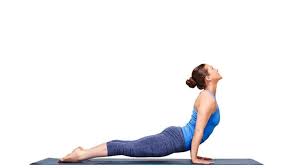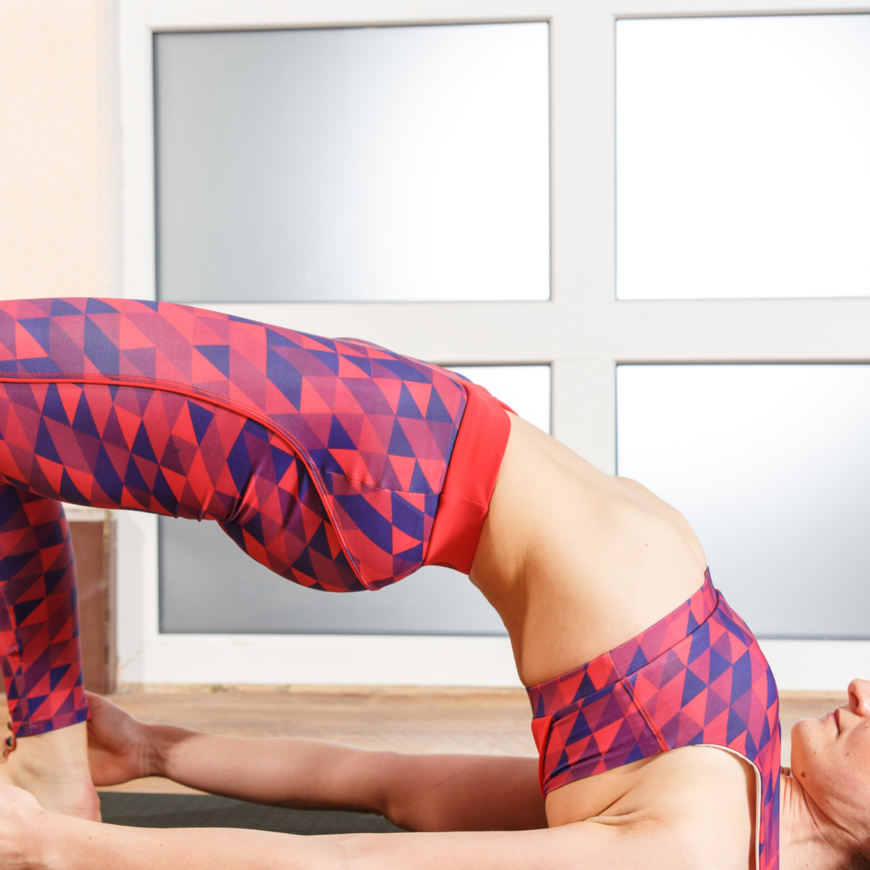Introduction
Warrior I Pose is also known as Virabhadrasana I is the Sanskrit language. The Virbhadra asana is divided into words like Virabhadra which means the name of a fierce warrior, and an incarnation lord shiva describes as having a thousand heads, a thousand of hairs and eyes of fire. This asana is named as the spiritual warrior. Warrior I Pose or
Virabhadrasana I is a standing yoga or pose.
Steps of doing Warrior I Pose or Virabhadrasana I
- Start with standing in a pose of Tadasana or the mountain pose.
- With an exhale, step or lightly jump your feet 3.5 to 4 feet apart. Raise your arms perpendicular to the floor, and reach through the little-finger sides of the hands towards the ceilings. Just firm your scapulas against your back and draw them down towards the coccyx.
- Turn your feet in 45 to 60 degrees to the right and your right foot out 90 degrees to the right. Align the right heel with the left heel. Exhale and rotate your torso to the right, put your hip lift forwards. Press the head of the left femur back to ground the heel. Lengthen your coccyx towards the floor, and arch your upper torso back slightly.
- Exhale and bend your knee over the right ankle, so the shin is perpendicular to the floor.
- Lift the ribcage away from the pelvis. Ground down through the back foot, feel a lift that runs up the back leg, across the belly and chest, and up into the arms. Spread the palms against each other.
- Keep your head in the neutral position somewhat gazing forward.
- Stay in the pose for 30 seconds and inhale and press the back heel firmly into the floor and reach up through the arms, straightening the right knee. Turn the feet forward and release the arm with an exhalation. Take a few breaths and repeat the same and then finish the pose with tadasana.
Benefits of Warrior I Pose or Virabhadrasana I
- Warrior I Pose improves and relief from high blood pressure.
- Warrior I Pose relieves from heart problems.
- It stretches the chest and lungs, shoulders and neck, belly and groins.
- Strengthens the shoulders and arms, and the muscles of the back.
- Strengthens and stretches the thighs, calves and ankles.
- Students with shoulder problems should keep their raised arms parallel to each other.





Add Comment